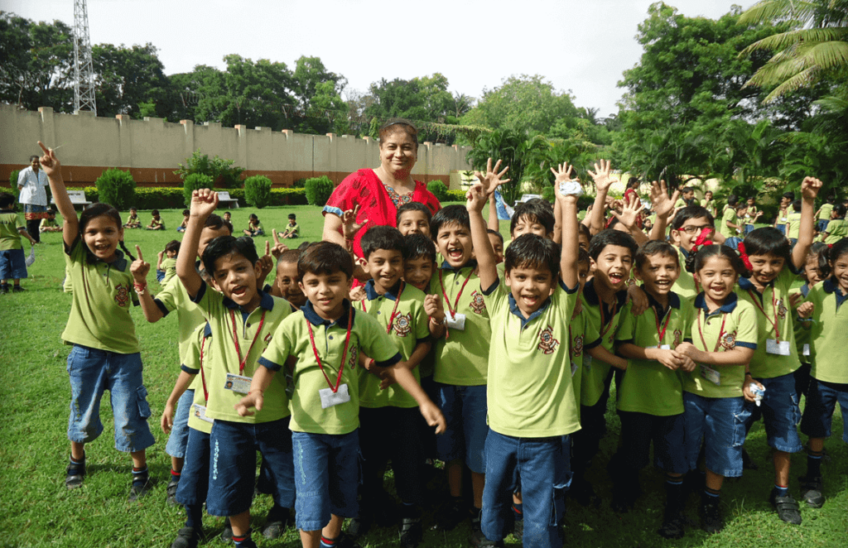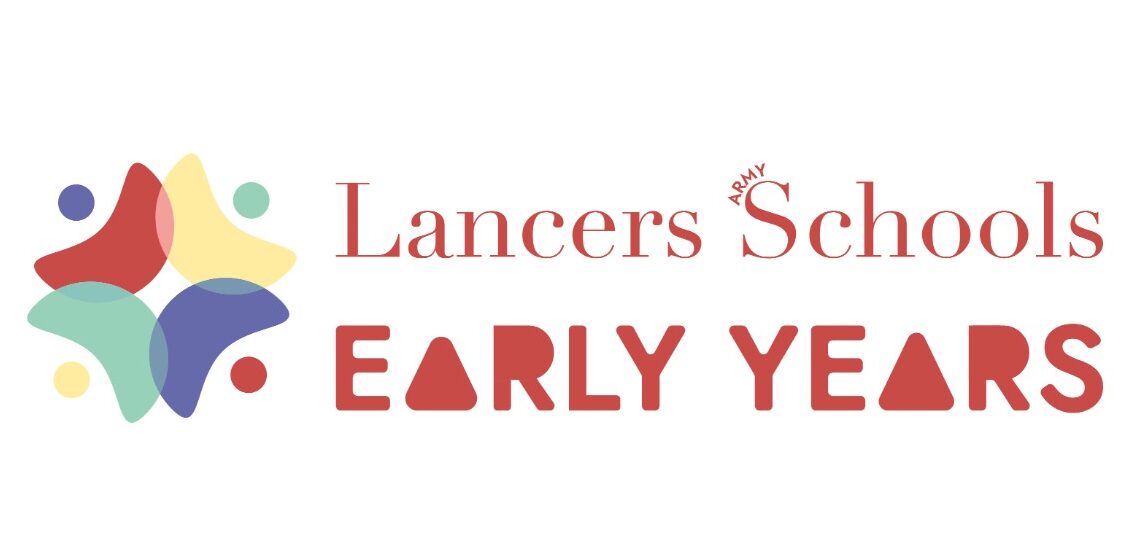
Smart classrooms are essential to pre-primary education because they give young children an engaging and dynamic learning environment. These classrooms provide students with an engaging and dynamic learning environment by utilising contemporary educational technologies including interactive whiteboards, touchscreen displays, and instructional apps. Incorporating animations, interactive games, and visual aids not only draws in younger students but also accommodates a range of learning preferences, promoting a more varied classroom environment. Because smart classrooms are interactive, teachers can modify their lesson plans to meet the requirements of specific students, resulting in more individualised and successful learning outcomes.
Additionally, pre-primary smart classrooms enable the smooth integration of multimedia information, giving teachers the ability to present content in a way that is more relatable and engaging for students. Using digital resources improves the development of fundamental abilities like early reading and numeracy by providing engaging games and multimedia information that is appropriate for young learners’ developmental stage. Additionally, smart classrooms can help teachers monitor each student’s development, enabling prompt interventions and tailored feedback.
What is a smart class?
A smart classroom is a cutting-edge learning environment furnished with cutting-edge technology resources and tools to improve the quality of instruction overall. A smart classroom, which is typically seen in educational institutions, makes use of digital projectors, interactive whiteboards, and other multimedia technologies to enable dynamic and engaging teaching methods. By utilising interactive learning modules, instructional software, and online resources, these classrooms use technology to go beyond conventional teaching methods and give students more engaging, dynamic, and visually interesting lectures. The goal of integrating smart courses is to establish a participatory and collaborative learning environment that encourages student involvement.
A more interactive and multimedia-rich approach to learning is possible in a smart classroom where teachers can use digital media to provide instructional content. In turn, students have access to a multitude of knowledge that goes beyond traditional textbooks, may actively participate in debates, and can use digital tools to solve difficulties. Along with improving the teaching-learning process, technology integration in smart classrooms gives students the fundamental digital skills they need to better meet the challenges of the modern world.
Objectives of smart classroom
The main goals of a smart classroom are to provide an engaging and dynamic learning environment while also integrating cutting edge technology to improve the quality of instruction. Smart classrooms incorporate interactive whiteboards, digital projectors, and educational software to improve student engagement and effectiveness. With the use of these technologies, educators may impart difficult ideas in a way that is visually appealing to pupils, accommodating a variety of learning preferences and encouraging greater comprehension. The goal is to go beyond conventional techniques and use multimedia tools to enhance interactive learning environments that promote critical thinking and problem-solving abilities.
One of the main goals of smart classrooms is to enable student-centred and personalised learning. Teachers can modify their pedagogical approaches to suit the unique learning styles and velocities of their students by utilising digital tools and resources. Students can work together on projects, conduct in-depth subject exploration, and access a multitude of knowledge from several sources in smart classrooms.
Are smart classes beneficial for pre primary students?
Yes, pre-primary pupils can benefit much from smart classes. The interactive and visually exciting features of smart classrooms in pre primary are a good fit for young children’s learning styles and developmental needs. Pre-primary children’ attention and creativity can be captured by the use of multimedia components like interactive whiteboards, educational games, and digital storytelling, which will enhance and prolong the learning process.
Additionally, intelligent pre-primary classrooms can support the growth of critical 21st-century abilities like digital literacy and problem-solving. Children can explore and engage with educational content in a playful way with the help of interactive learning modules and educational applications. Additionally, by tailoring their instruction to each student’s unique needs, teachers in smart classrooms may create a personalised and encouraging learning environment. All things considered, the incorporation of technology into pre-primary education via smart classrooms has promise for improving early learning opportunities and setting the foundation for future academic achievement and technological competence.
Elements of smart classroom
A smart classroom combines a variety of technology components to provide a contemporary, dynamic learning environment. The interactive whiteboard, which takes the place of conventional blackboards and enables teachers to show multimedia information, write, and interact with digital resources, is one crucial component. To improve the visual component of lessons, digital projectors and audio-visual systems are essential. They allow educational movies, animations, and presentations to be projected. When used in tandem, these resources produce a dynamic learning environment that makes information more approachable and participatory.
Furthermore, tablets or laptops for teachers and students are frequently included in smart classrooms, allowing access to instructional programs, internet resources, and collaborative tools. To access online educational resources and real-time information, one must have internet connectivity. Moreover, curriculum-specific specialist applications and software can be integrated to offer interactive learning experiences. Together, the components of a smart classroom enable collaborative learning, encourage active student engagement, and use technology to improve the quality of education as a whole.
Frequently Asked Question
Q1. How do pre-primary schools in Piplod contribute to early childhood development?
A. Lancers Piplod pre-primary schools support early childhood development by offering a caring atmosphere that prioritises the development of cognitive, social, and emotional skills. To improve language, motor abilities, and sociability, they use play-based learning, interactive activities, and age-appropriate teaching strategies. These educational institutions are essential in building a solid basis for further study.
Q2. What are the admission requirements for Preschool Dumas Road?
A. Lancers Preschool on Dumas Road may have different prerequisites for admission, but generally speaking, applicants must be of a certain age, fill out an application, provide proof of birth, vaccination records, and occasionally a parent interview. For exact admission requirements, check with the preschool in question as they can differ amongst establishments.
Q3. What is the significance of pre-primary schools in Gujarat?
A. In Gujarat, pre-primary schools are essential to the early childhood education system because they create the groundwork for students’ future academic, social, and emotional growth. By placing a strong emphasis on language proficiency and cultural values, they support children’s overall development. These educational institutions cultivate an enthusiasm for learning while preparing students for a smooth transition to formal schooling.
Q4. What is the student-teacher ratio in pre-primary schools on Dumas Road?
A. Lancers Pre-primary schools along Dumas Road may have different student-teacher ratios. To find precise and current information about a school’s student-teacher ratio, it is advised to contact that particular institution. For young children, lower ratios usually mean more individualised attention and a better learning environment.

